In 1933, British explorer Sir Wilfred Thesiger ventured into the Danakil Depression to give an account which would forever stereotype the Afar people as murderous savages. In his Danakil Diaries, he recounted that Afar tribesmen would kill any interlopers in their territory, castrate them, and display their decapitated dick and ballsack as trophies to ward off further invasion.
In 2012, Afar militants in the Danakil Depression killed five Western tourists and kidnapped a further two. The Ethiopian government said the perpetrators were Eritrean state-sponsored terrorists, which Eritrea denied. The truth is that they were actually members of the Afar Revolutionary Democratic Unity Front (ARDUF), an opposition party in Ethiopia that is tacitly supported by the Eritrean government. This was the most recent of many attacks in the Afar Region targeting foreigners.
This history of hostility is matched by the environment itself. The Danakil Depression is a toxic hellscape which seemingly only exists to be inhospitable. Sulfur and ash bellow from active volcanoes while the same gasses seep through cracks in the ground, poising what few waterholes dot the barren plains. Nothing lives here here in the vast expanses of dried lava and salt flats. That is, except for the Afar people.

No plants grow in the Danakil Depression. What few waterholes which do exist are toxic, polluted by sulfur. Around the edge you’ll see scores of dead birds. The elevation (or lack thereof) often dips 100 metres below sea level, making it the fourth lowest point in the world. The people here have for centuries made a living of artisanal salt mining in 40 degree heat, exposed completely to the elements. Just one in five people have access to drinking water, most of them government solders.
So why has this desolate and hostile environment become a flashpoint between two authoritarian states? There is no strategic benefit, there are no exploitable natural resources (except for salt, of course) and the population don’t particularly want to be part of either country. But they have no choice.

The first thing you notice in Mekele, the capital of Ethiopia’s Tigray Region, is that former prime minister (and briefly president too!) Meles Zenawi is literally everywhere. Every building has a portrait of him, one hotel I stayed in had a statue of him, and one restaurant I ate in even had a painting of him with lazers beaming out of his eyes in front of an Escher-esque background. And then there’s his likeness gazing over the city from a nearby hill.
Meles Zenawi was the first prime minister and president of Ethiopia after the fall of communism. He led the Tigrayan People’s Liberation Front (TPLF), one of the many ethnic-based, socialist, gurella rebel groups who fought against the Stalinist Derg regime. The TPLF more or less sided with their counterparts in other regions of Ethiopia to eventually overthrow the government. However once succeeding, the TPLF was criticised for its ethnic chauvinism and suppression of other minority languages. Today they wield disproportionate political and economic influence. Zenawi’s Eritrean counterpart, Isaias Afwerki of the Eritrean People’s Liberation Front (EPLF) broke off their relationship in a second civil war, declaring the independence of Eritrea.
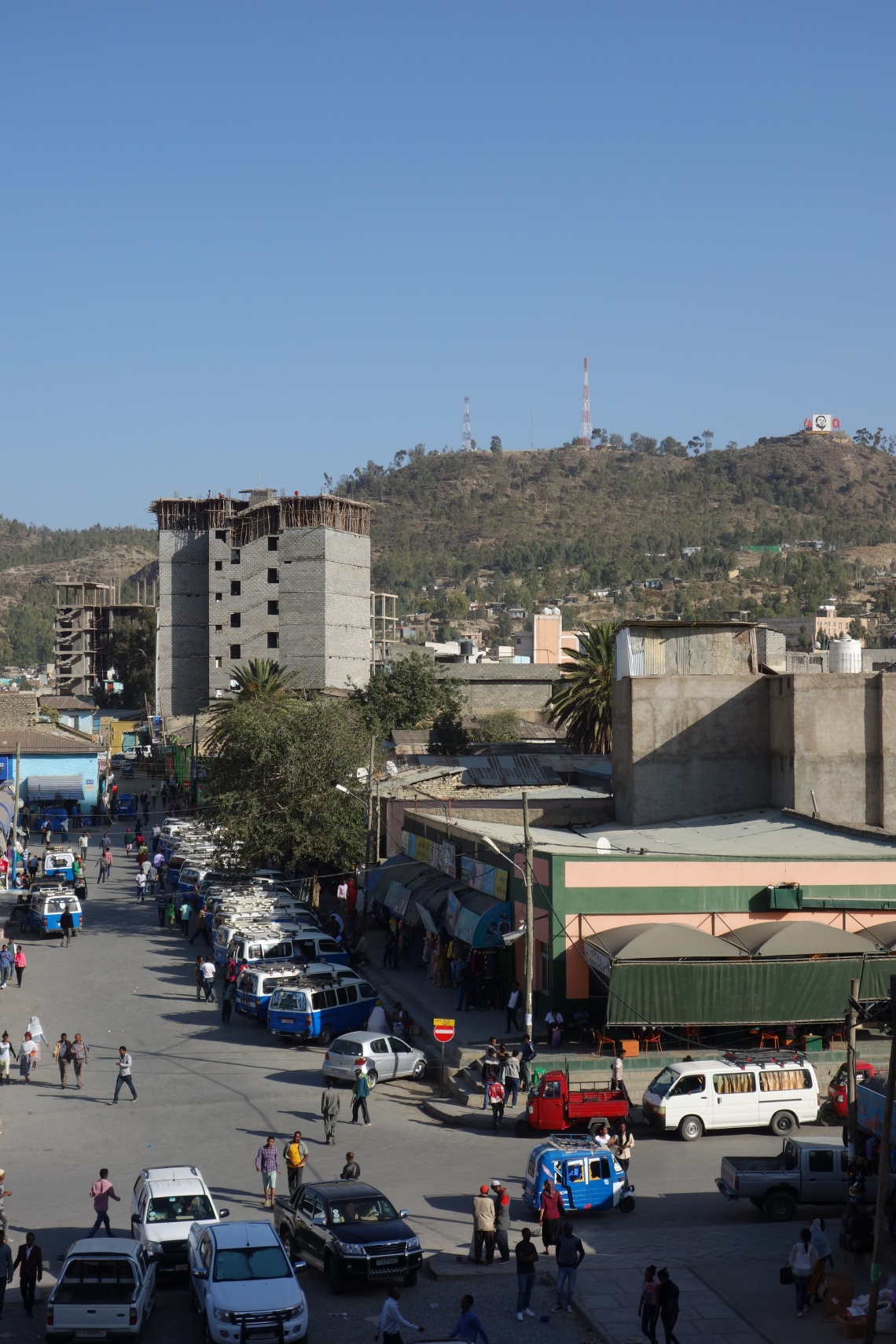
Afwerki himself went on to become one of the present day’s most brutal dictators, while Zenawi’s legacy remains one of ongoing Tigrinya chauvinism. Ostensibly, Ethiopia is a federal republic with subdivisions drawn along ethnic lines. But place of each ethnicity’s original, grassroots, rebel groups which fought alongside the TPLF in the civil war, are new groups which are ostensibly independent but in reality beholden to the TPLF. Together, these groups form the so-called coalition of the Ethiopian People’s Revolutionary Democratic Front.
Yet the Oromo Liberation Front is outlawed as a terrorist group, with Oromo Peoples’ Democratic Organization taking its place. The Ogaden National Liberation Front has been replaced with the Ethiopian Somali People’s Democratic Party. The Gambela People’s Liberation Movement was replaced by the Gambela People’s Democratic Movement. The list goes on for all major ethnicities, including the Afar people, whose ARDUF (who attacked those tourists in 2012) has been swapped for the Afar National Democratic Party.

The border between Ethiopia and Eritrea is largely undemarcated. Both countries refuse to agree on which land belongs to whom, and frontier skirmishes are sadly frequent. But while the Tigray Region has rugged mountains, gorges and rivers to act as some semblance of a boundary, the Danakil Depression in the Afar Region utterly featureless and fiercely contested. Thus the Afar people, whose reputation evokes a staunch sense of independence, are scattered across the borders of Ethiopia, Eritrea, and Djibouti, with the former two competing for a larger slice of the salty, salty cake.
Because of all this preferential treatment from the government, Mekele is one of the nicest cities in Ethiopia, even if there’s not much to see or do. But like most, I was only there to use it as a base from which to visit the fabled Danakil Depression, one of the poorest areas of the country.

The Danakil Depression is inaccessible in every conceivable way. It’s distant from permanent settlements, and none of the attractions are connected by road. So it’s impossible to take public transport. Then there’s the lack of food, water, shelter, mobile coverage, and even shops. So it would be very difficult to go it alone. Finally, the Ethiopian government requires all foreign visitors to get a bunch of complicated tribal permits and have a military escort at all times. So you can’t even move about independently.

These issues funnel all of your options down to a single tour operator: Ethio Travel and Tours. ETT is probably the largest and most well-known operator in the country, and from my research in Mekele it seems every other tour company is actually reselling spots in the ETT tours, which depart every second day from Mekele. If you book from overseas of elsewhere in the country, you’ll be gouged. The unspoken rule is that you can go into their Mekele office and haggle down to around $350-400.

Dallol is mother nature trying her best to make you turn back in your tracks. As you step onto the rocky plateau, your feet can barely find traction. The ground is sharp, jagged and brittle. Then the smell of sulfur hits you, accompanied by the smoke seeping through the ground. Finally you see the acid pools, bubbling away from the heat of the Earth.

It’s as if you’ve set foot on another planet. Everything is foreign and hostile. The pools are the wrong colour. The ground is the wrong texture. The gas is the wrong smell. There are no signs of life anywhere.

No signs of current life, that is. In the background looms the ruins of an Italian (and later American) ghost town that was used to mine potash. Of course everyone in the mandatory, military-escorted tour begged our guide to let us go over there but he was adamant that it was off limits. We didn’t want to make his job harder than it already was, and he was also paranoid that one of us would accidentally wander into Eritera, so we didn’t push the issue further.
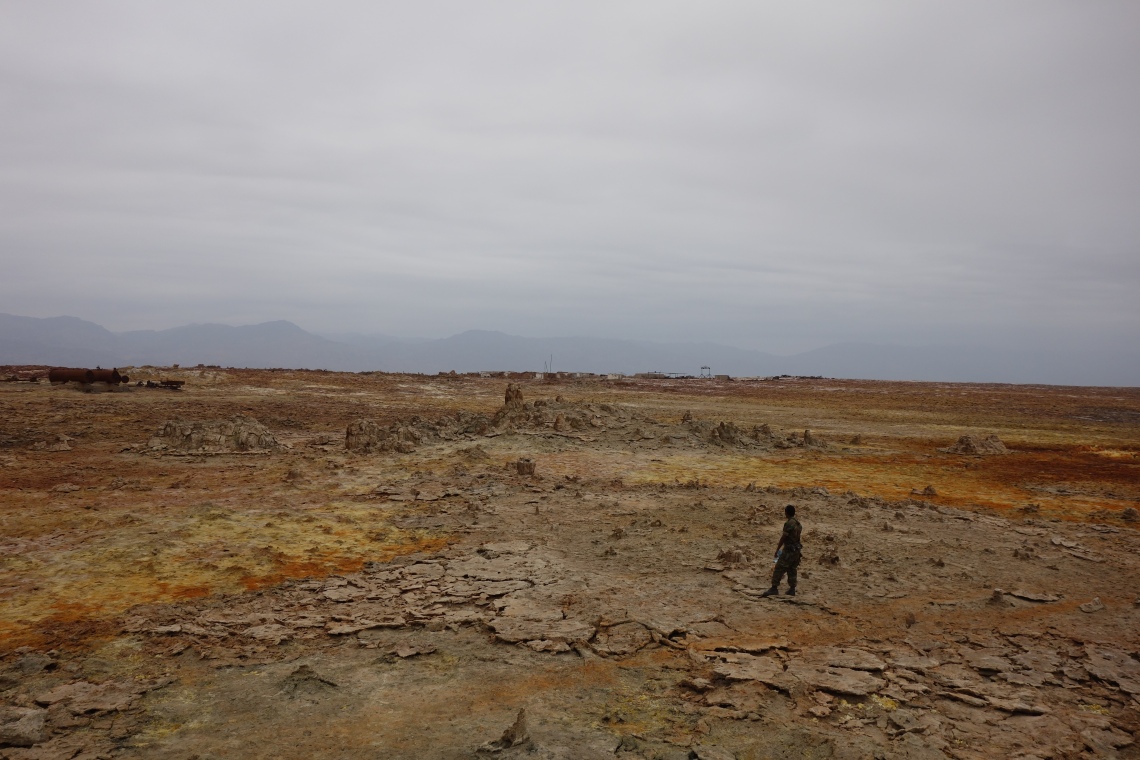
As you walk around the colours become more vivid, and the pools deeper and more expansive. The sulfur formations become taller, and the gas becomes thicker. It’s a place I could’ve spend ages, although I’m sure it’d eventually get repetative. But don’t be fooled by the photos–Dallol is huge, as in several-football fields-huge! So there’s plenty to see and you never feel as if you’re being herded around.
Near Dallol are a series of waterholes, the only ones in the Danakil Depression. Anywhere else, these deposits of lift-bearing liquid would be oases bustling with life, but here you’re greeted by a ring of dead birds around the edge of the hole. That’s because this water, too, is acidic, and any poor animal that drinks from it as a last resort will be met with a grim fate. As if the terrain wasn’t hostile enough.

But there are bodies of water which aren’t acidic–instead they’re saline. The Danakil Depression is home to several enormous but extremely shallow lakes on the salt flats. The water is so clear that if you look down, you won’t be able to tell how high the water is around your calves.

It’s amazing what even a small amount of water can do when you’re so hot. While Dallol is the hottest place on Earth (albeit by a very specific definition and dubious measurement from the 1960s), walking around in the salt lake cooled me right down. The salty ground buckled under by weight, cracking into the mud beneath. It felt nice for some reason.
As part of the tour, the soldiers cracked open a bottle of araque by the salt lake. True to its name, it’s basically arak, and most bottles even have the word “ouzo” written beneath the Amharic label. The quality was good, and I was somehow able to impress the soldiers by drinking it straight rather than mixing it with Ethiopian wine. The impact of drinking it straight, however, was that it went straight to my head…

These same salt flats are the main source of income for Afar men in the region. Before we visited the salt mining area, our guide bluntly warned us: “I would rather kill myself than do their job.” He was right. These men artisanally mine bricks of salt while exposed to the harsh elements of a formless landscape. It’s extremely hot, there is no shade, there is no water, and there is nowhere to rest or even sit. They day we visited was unusually overcast, yet we were all still panting from just standing still.

The men work in groups, each taking on a different role. Some lever the hunks of salt off the ground, others chisel these hunks into uniform bricks, and others bundle the bricks and load them onto camels. Watching the men, our whole group was overcome with a sense of guilt. Here we were, wealthy foreigners who’d been taken to gawk at these men doing hard labour. These men don’t receive any payment for being a tourist attraction; the tour company instead profits off of them.
Yet while this was clearly inequitable from an economic perspective, we were quickly taken aback by how welcoming and dignified the men were. One of the men invited a child from a Russian family to try using some of his tools, and quickly others allowed us to wander around their workspace and take some photos. They never asked for tips, nor did they display any of the hostilities associated with stereotype of Afar men.
Leaving the mining area was sad. After our holidays, we’d go back to our home countries with water, food, electricity and countless other luxuries. These men would’ve returned to their huts that night, before embarking on a several-week-long caravan trip to the highlands to sell their salt.
Because the Danakil Depression is so desolate and inhospitable, the tour convey has to duck back into the highlands to get from Dallol to the Erta Ale volcano.
Every time we stopped in a town to to get permits or have a “piss stop” (of course, there are never any public toilets), I decided to have a bit of a sticky beak. Our guide would always tell us not to go too far because the locals are hostile to foreigners–remember the two anecdotes I began this post with? However the interactions I had with locals, especially kids, were some of the most wholesome and rewarding of the whole trip.
During our lunch break in Berhale, I wandered around town and met heaps of friendly kids. Two in particular stick out in my memory. One was a very young girl who had been walking down the highway carrying firewood on her head. This is a job most women and young girls are forced to do around Ethiopia, and it often involves arduous walks with heavy loads. As she marched down the median, she cutely demanded I take a photo of her. After I showed her, she let out a joyful “yessssss” and then kept plodding along as if I was never there. The other was a boy who was very proud to have a bike. He was doing laps all around town and asked for a photo every time I passed him.
In the town of Abala, the tour spend the night in a guesthouse which was a really nice experience. But surprisingly noone was interested in wandering around town, instead opting to rest the whole time. But as soon as I left the guesthouse, I was swarmed by kids wanting to say hello.
Then one boy grabbed my hand and took me into his house, which was really a hut, and pulled out a soccer ball. He brought it into the street and before long I was playing soccer with around 20 kids who were all ecstatic. Some could speak basic English and taught me everyone’s names as well as all the vocabulary necessary to understand their toilet humor.
This extremely cute frivolity was punctuated by the occasional priest passing by, during which all of the Christian children would run up to him an kiss the crucifix around his neck. From my experience, this is not uncommon for Christians all over the country, but the contrast between this and kicking a ball around was pretty interesting.
Then we all went for a walk around town, with a different kid pulling my arm in a different direction at every turn. Then someone spotted the camera in my pocket, which made everyone squeal “photo!!” Then more kids dragged me into their homes, and more kids demanded photos.
It was a really fun experience. It was great to just chat with them with the few Amharic words I could remember and the bits of English they learned in school. I learned a lot about their lives and their town, which straddles the border between the Tigray and Afar regions.
I normally hate it when rich Westerners travel overseas and come back with hundreds of photos of dark-skinned kids with captions about how “cute” or “inspiring” or fricken “happy” they are. This kind of Orientalist, White-savior bullshit is disgusting, unethical and really bad for the children’s development. But in this case, when the kids instigated and drove every encounter on their own terms, I found it to be fun, cute, educational and, most of all, equitable.
When it was time to go back to the guesthouse for dinner, the kids made me swear I would play with them tomorrow. I assured them I’d be back. The next morning, I awoke to choir of kids squawking “Zakir, Zakir, Zakir!!” and “football, football, football!!” On later trips I would learn this this is apparently how Muslims universally interpret my name.
I came to the front gate of the guesthouse and say countless hand dangling through the bars and a few eyes peeping underneath. I told them I’d be out once I had packed. Sadly, when I was done, the street was deserted. The kids had kept making a big deal about their backpacks, but I thought they were just proud and showing off. In actual fact, they were telling me to get my shit together before school started!
When our convey reentered the Danakil Depression to reach the Erta Ale volcano, the Landcruisers began aggressively zig-zagging through fine sands as fast as possible. Ostriches running alongside the cars gave us a run for our money, but they began to fall away as the sand thinned out.

Instead of slat flats like we experienced at Dallol, the terrain around the volcanoes is different but equally desolate. Dried lava has smothered the land since an enormous eruption more than half a century ago. Like the salt flats, nothing grows, but unlike them, this is rough and rugged terrain.
Our guide, gave another of his ominous warnings at out final “piss stop”. While on almost every bus I caught in Ethiopia, an English-speaking local would joke that I’d be in for an “African massage” due to the bumpy roads, the final stretch to Erta Ale was something different altogether, we were told. “This is the worst road in Ethiopia.”
The Landcruisers struggled to traverse the dried lava, which seemingly went on forever. Holding onto the handles above the doors is absolutely necessary, but even that didn’t stop my head from routinely smashing into the car’s C-pillar.
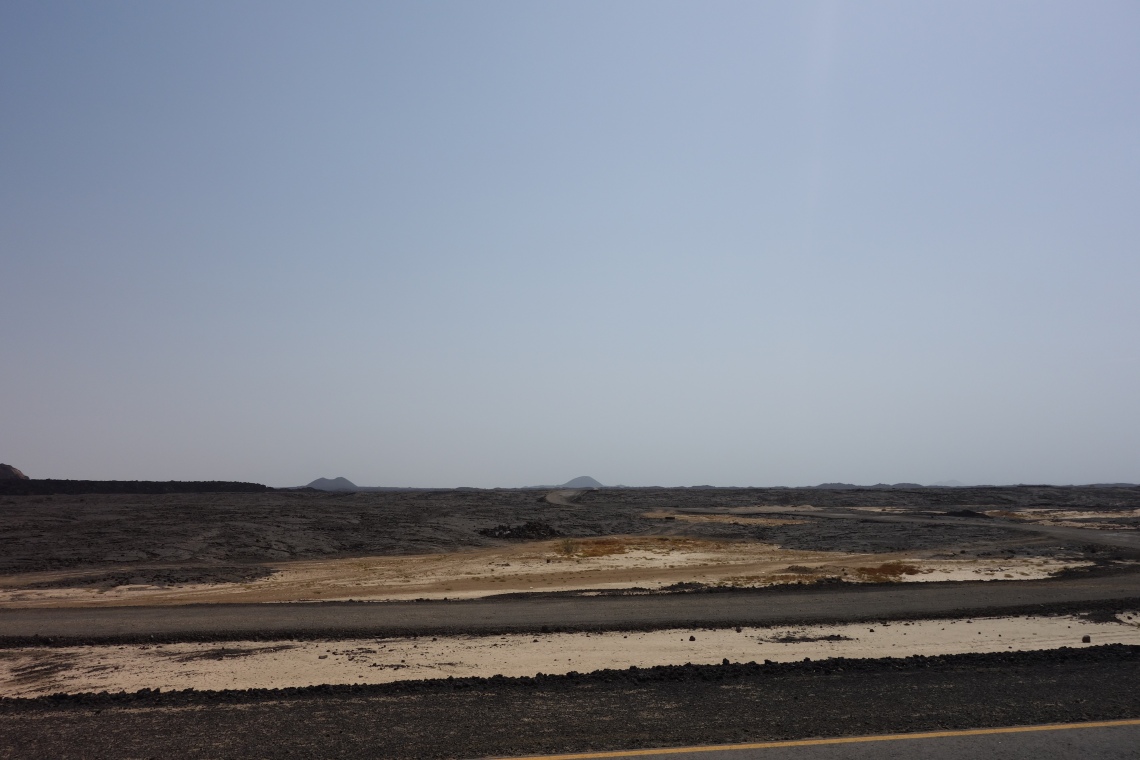
At the base of a volcano was a small village from which we set off on a climb up the mountain. Aside from their rock huts, locals again had nothing. As I took a 1 litre water bottle from our car, an Afar guy roughly the same age as me just took it out of my hands, looked me in the eyes, and walked off. I don’t blame him for it.
Just past the huts was a horseshoe formation of rocks pointing towards Mecca. Here a couple of the soldiers prayed alongside the local men, one of the few non-hostile interactions I witnessed between the two groups.

The hike to the summit is gentle but rocky. It turned dark as we set out but navigation was never an issue. Only as we neared the top did we see light again–the warm glow emanating from Erta Ale’s lava lake. Lava lakes are a rare phenomenon. There are only five in the world currently, mainly in Africa and the Pacific.
A couple of weeks before my visit the volcano had suddenly become more active. Visitors were lo longer allowed to go in the inner crater. I had spoken to people who visited before and after the event about this and was of the opinion that I was missing out. But I was wrong. Although I couldn’t see the lava lake up close, I instead had the privilege of watching small bursts of lava erupt and fall around the inner crater. Watching the lava lake bubble and pop in the dark of the night was yet another other-worldy scene from the Danakil Depression.
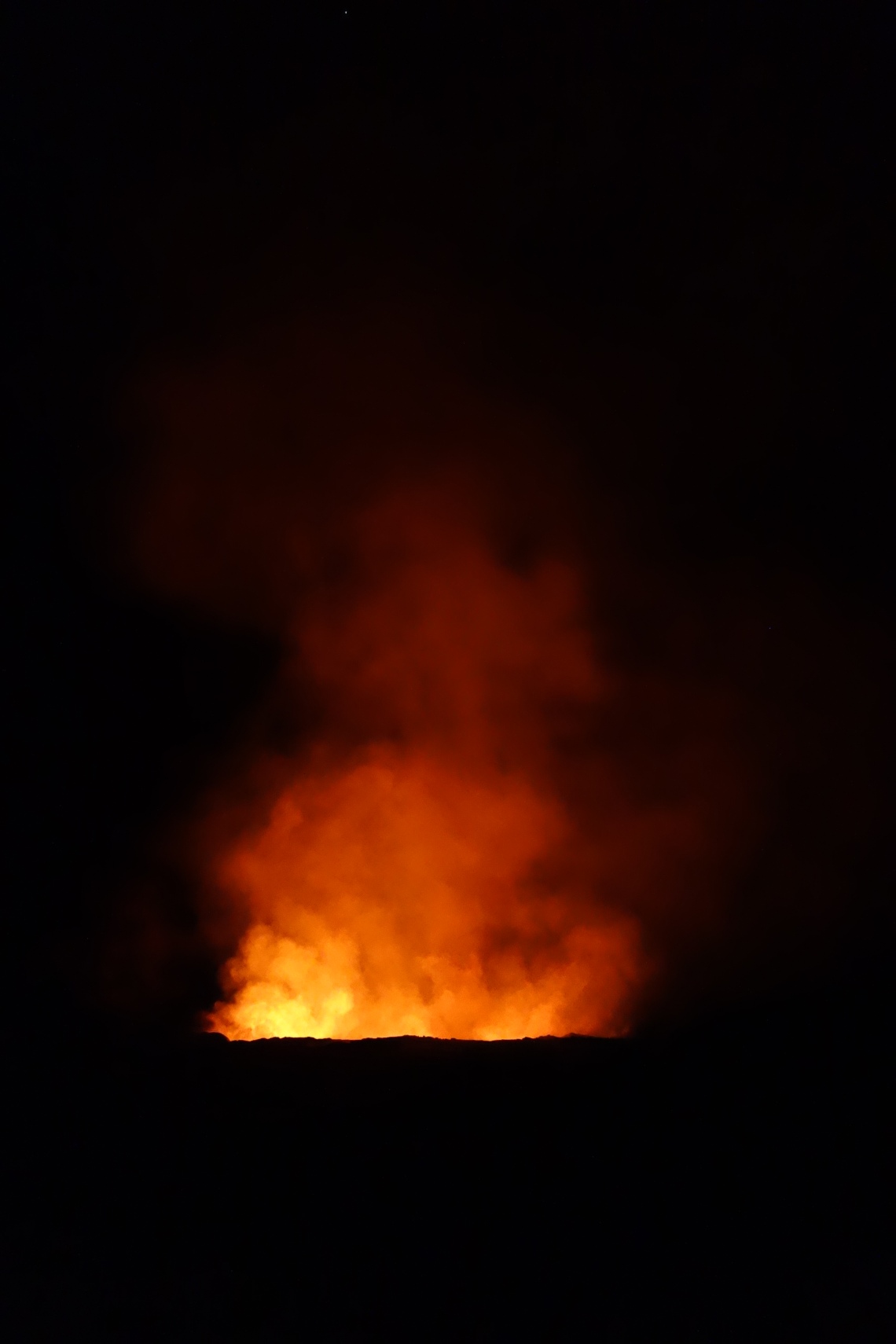
Again we’re met with a crunching sensation as we step into the crater. The freshly-dried lava is brittle, and hollow on the inside. It has a fibreglass-like feel, which is reinforced by the long, clear strands of dried lava on the very top. Locals jokingly refer to this as “faranji hair”, faranji meaning foreigner or white person.
What caught me by surprise was the amount of gas bellowing from the volcano. Much like a campfire, the gas kind of rotates around the crater as the wind changes. Unlike a campfire, it’s much big to escape so you just have to let it pass. During this time, the gas not only smells foul but it makes your eyes burn. It’s probably also terrible to breathe in, but you don’t really have a choice as outrunning it in the dark on a surface of brittle dried lava is not an option. Even walking slowly, my foot fell through–it’s not what it sounds like, there are layers upon layers of dried lava from different months with thin layers of air in between–and when my hands hit the ground, I got about a hundred splinters from fragments of “faranji hair”.
Oh and when the group first entered the crater, our guide asked us to wait as he asked the military back up top for permission to descend into the inner crater (which was denied). Apparently random soldiers acts as volcanologists, while the guides who are supposedly in control of the itinerary are willing to do whatever, as long as it doesn’t provoke their paranoia of Eritreans. Of course as we waited, the smoke surrounded us and we were forced to breathe through our shirts as our eyes gushed.

We camped on the edge of the crater in the open air. Before dawn, we all woke up and went to a vantage point to watch the sun rise. Starting the day as a witness the the forbidding ferocity of nature was totally humbling. Beneath our feet, molten rock bubbled our from an enormous hole in the Earth’s crust. Around us for as far as the eye could see was dried lava.
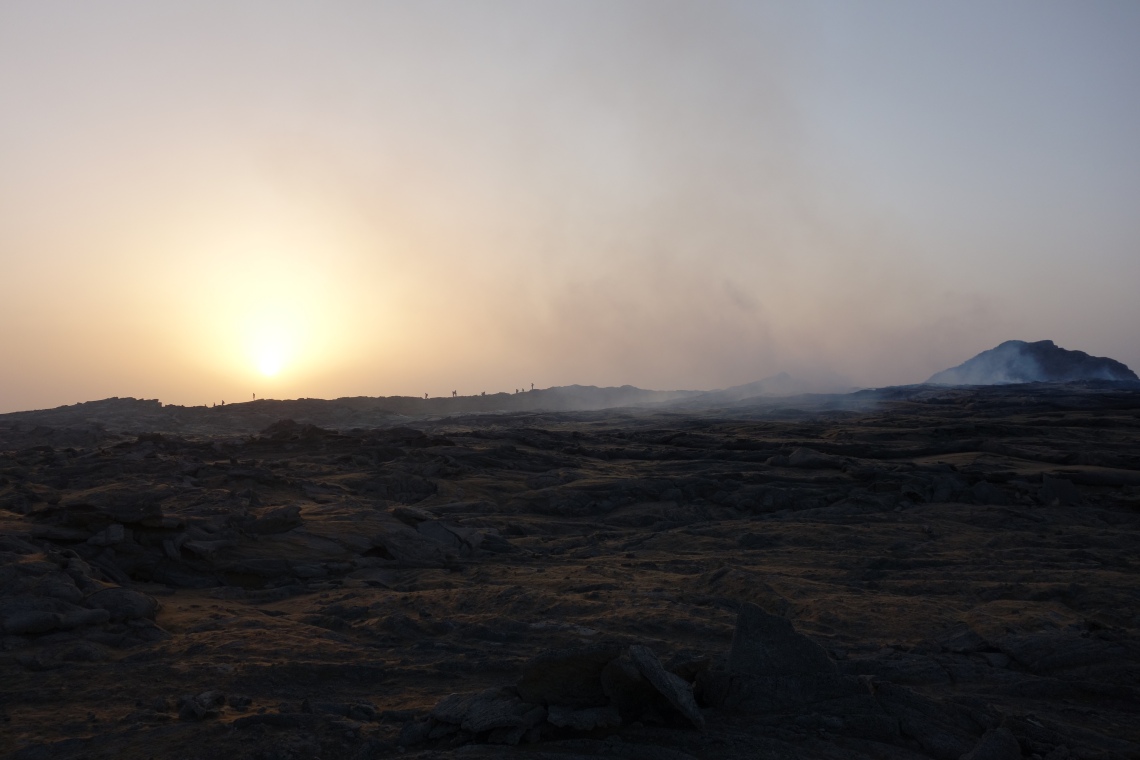
From the craters of volcano to the depths of the salt plains, the Danakil Depression is highly militarised. Yes, a military escort is mandatory for tourists, but even besides that, there are military bases everywhere and freedom of movement is restricted by the bureaucracy of state security. That’s what the Afar Region gets for being a flashpoint between two neighboring countries which are hostile towards one another. What’s a pity is that it seems the voices of the Afar people themselves are irrelevant in which whole debacle.
There is minimal political self-determination in the Afar Region. In the Tigray Region, however, political organisations flourish. Decades-old politcal, workers’ and student organisatoins are scattered around the city. They tend to support the TPLF, but nevertheless are continuations of the grassroots opposition groups formed under either the Derg regime or the Ethiopian Empire.
Dominating the skyline of Mekele is the TPLF Martyr’s Memorial, a modernist shrine to Ethiopia’s vanguard party. It basically serves as a playground for kids, who of course asked me for photos all over the complex. Some of them later asked me for money (not as beggars, but just the light-hearted hassling all kids do), and then I said know, they chased me around concocting schemes to make me give them money, one of which involved selling me an empty water bottle. It was pretty cute.
The adjoining museum was full of old equipment and archival photos. It gave me great insight into the guerilla struggle against the Derg regime, and each of the exhibits were fascinating and really well-made. Outside was an array of old fighter jets, tanks and other equipment, most of which came from the Soviet Union. Some of the trucks has been in serious accidents and weren’t repairs, which was strange for a war memorial, but nevertheless interesting.
I was the only visitor, except for several hundred soldiers who were on guided tour to commemorate some military anniversary. At the end of the museum, one of the soldiers started chatting to me. He tried to explain some of the photos on display with his very limited English, but it was a great convo nonetheless. Afterwards he asked if we could take a picture together, and immediately after, every one of the several hundred soldiers began lining up to get their photo with Santa me.
This was my introduction to the wild world of Ethiopian glamour shots. Some soldiers posed shaking my hand or with their arm around my soldier, but many others stood perpendicular to me with their palm against my chest, or facing the camera and resting their head on my shoulder. My Australian worldview couldn’t shake the homoeroticness of the whole situation…

Things could be different. A single line on a map separates the Afar Region from the Tigray Region, perhaps the most prosperous and developed place on the Horn of Africa. There, Meles Zenawi’s omnipresent gaze is a marker of stability and rapid growth. In the Afar Region, it’s a stern enforcer of acquiescence. Yes, this border denotes cultural, historical and demographic boundaries, but also separates the haves from the have-nots. But the tide is turning against the TPLF, and perhaps things will change in the Afar Region too.
On my last day in the Tigray Region, a man on the bus I was chatting to showed me his phone wallpaper. It was Meles Zenawi stenciled like Che Guevara. “This guy is the best,” he explained. Very true for those in the Tigray Region, but not so much for those in the Afar Region.
But who am I to judge? If a military leader turned-politician effected great material improvements in my quality of life I would probably revere them too. Maybe it’s not fair to call it a cult of personality if so many people willingly revere Zenawi. But that doesn’t change the fact his face is everywhere. Nor does it help those who are on the wrong side of the TPLF’s program of rapid development.
As I write this post, another tourist has been killed in the Afar Region, this time at the Erta Ale volcano. News on violence perpetrated against civilians is much harder to find. What’s clear is that authoritarianism and ethnic chauvinism are causing immense tension in an already inhospitable area. There are no deep conclusions to take away from this. For any shroud of a solution, you’d have to ask the Afar people themselves.
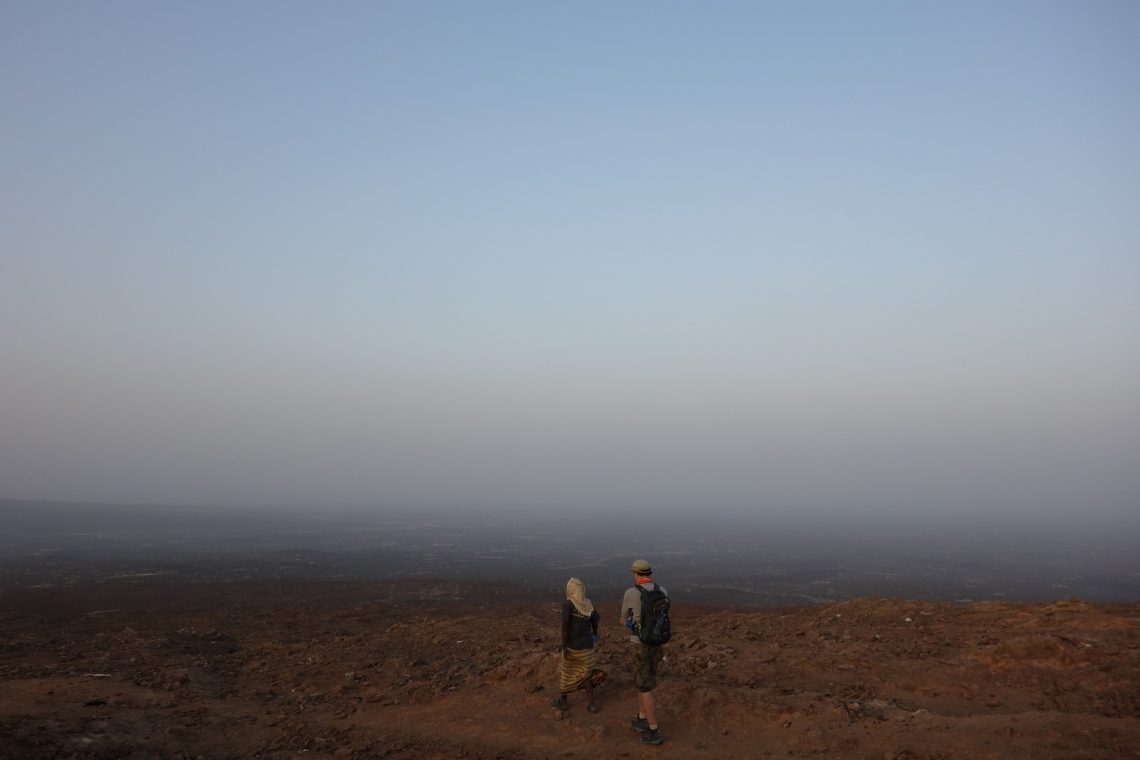








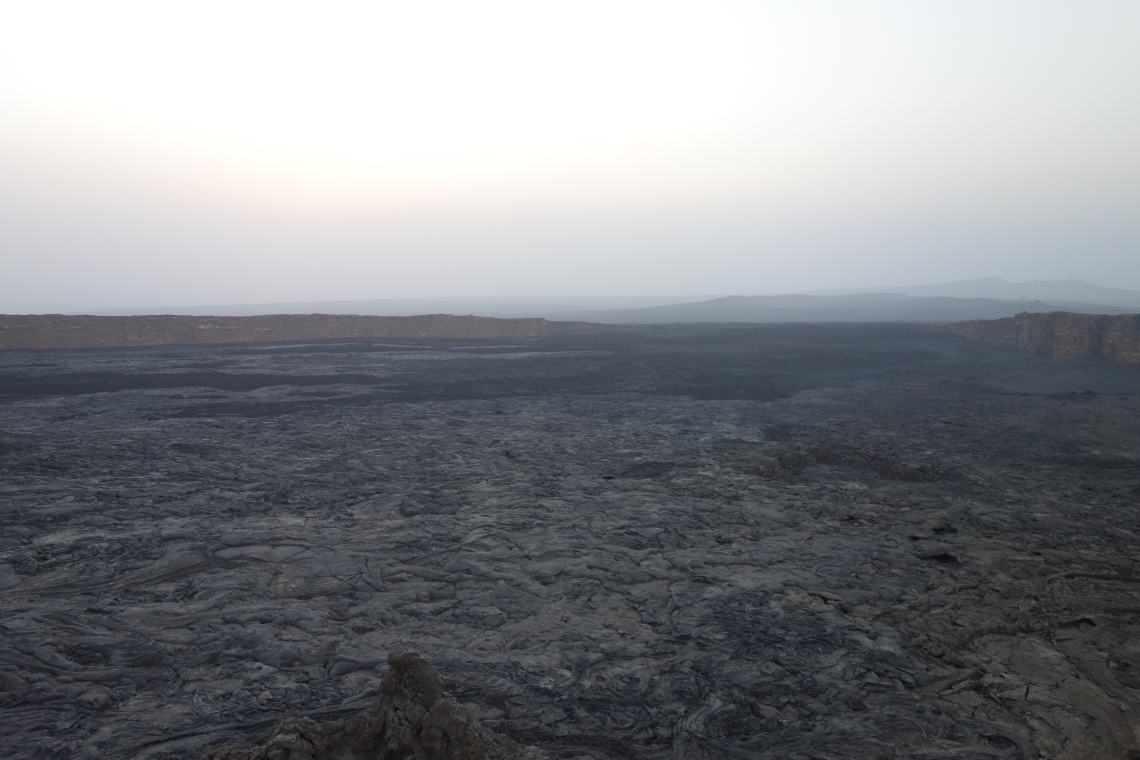

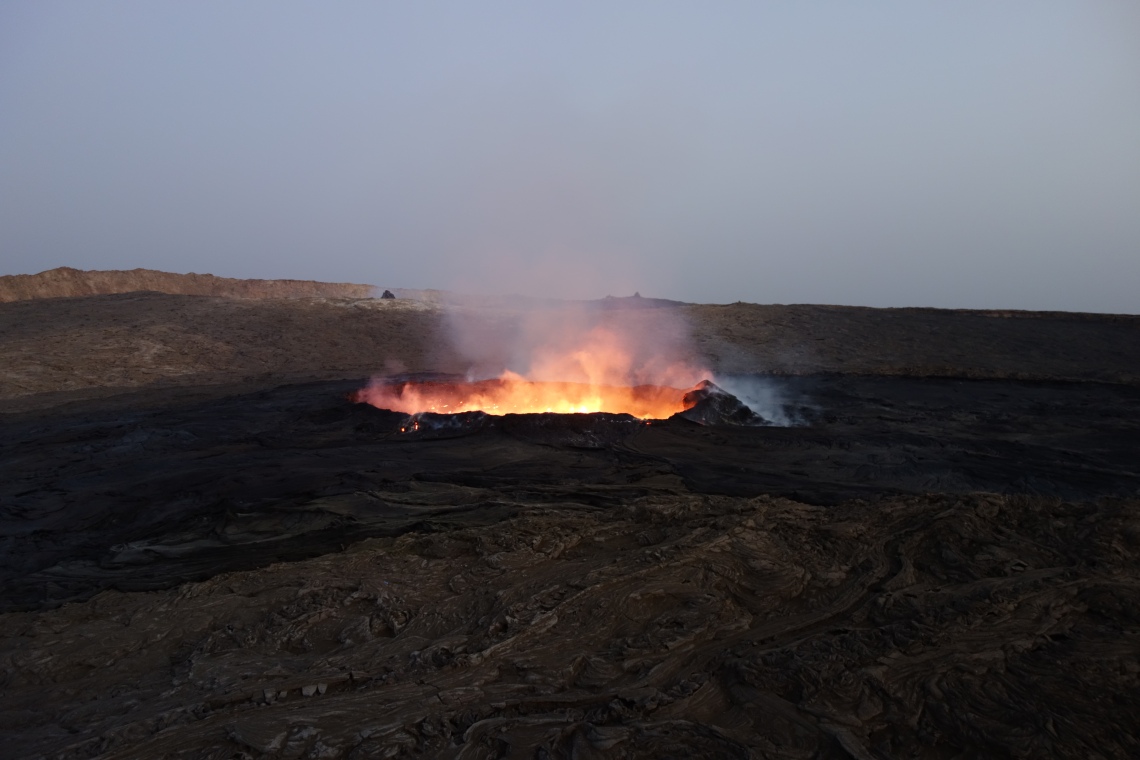

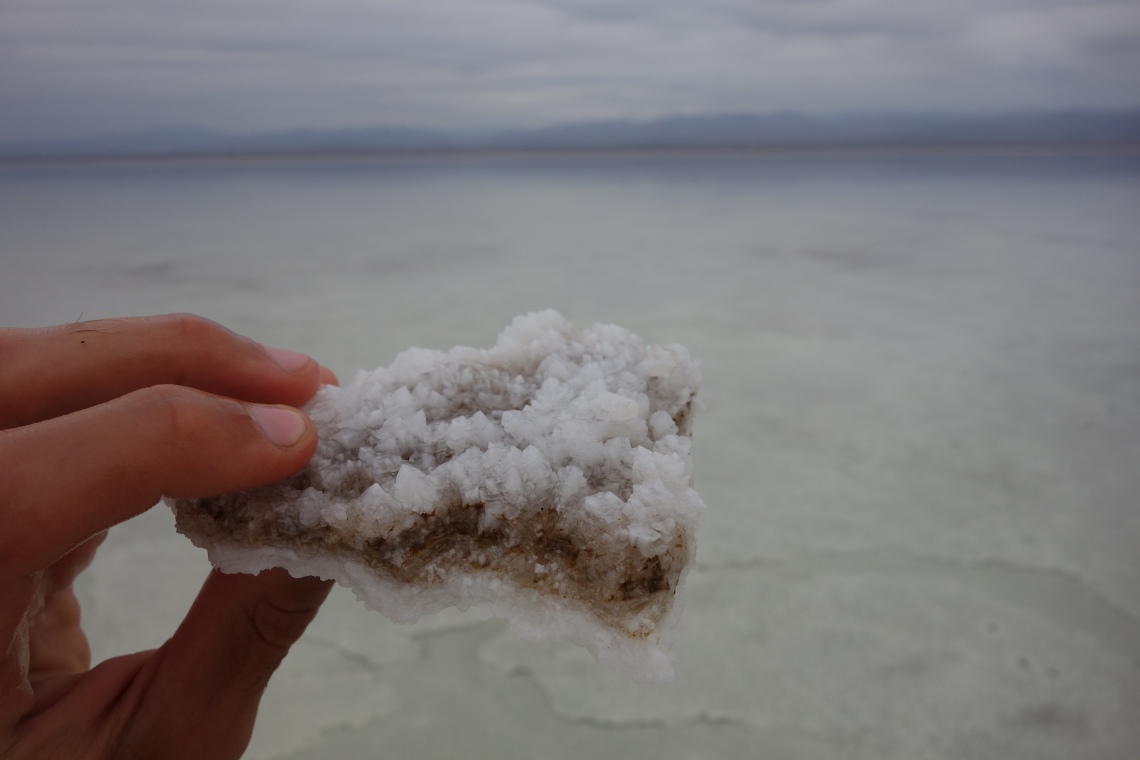



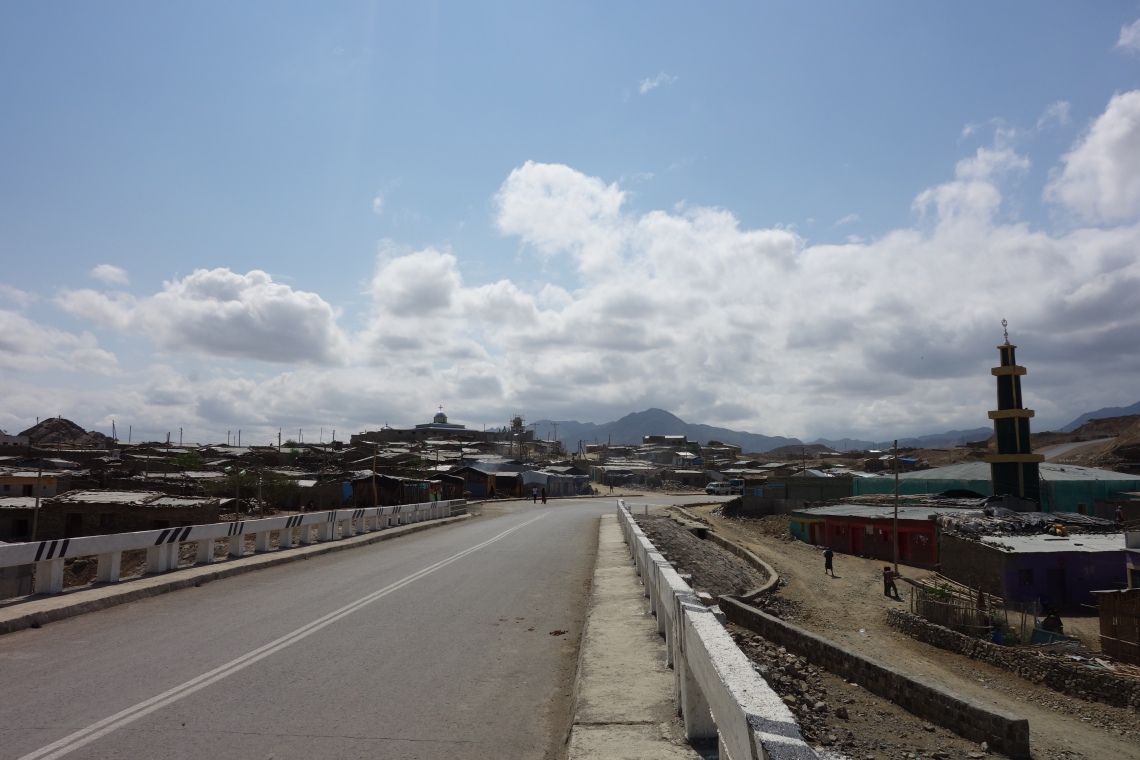

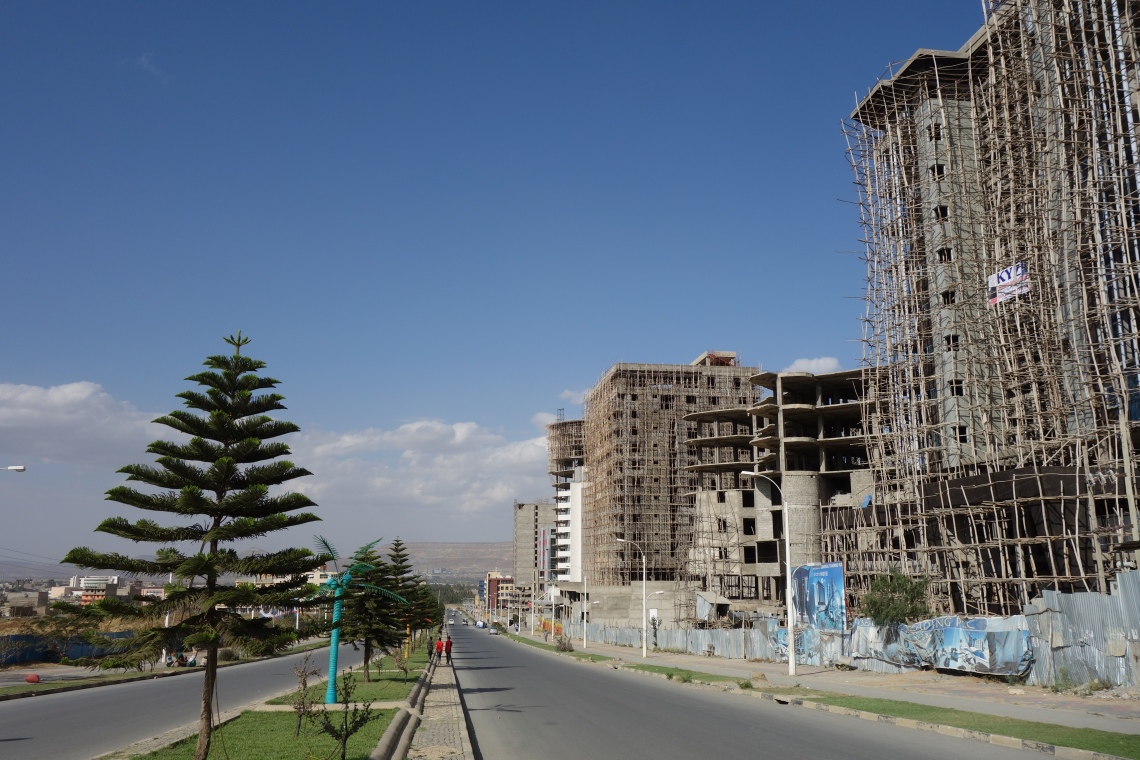
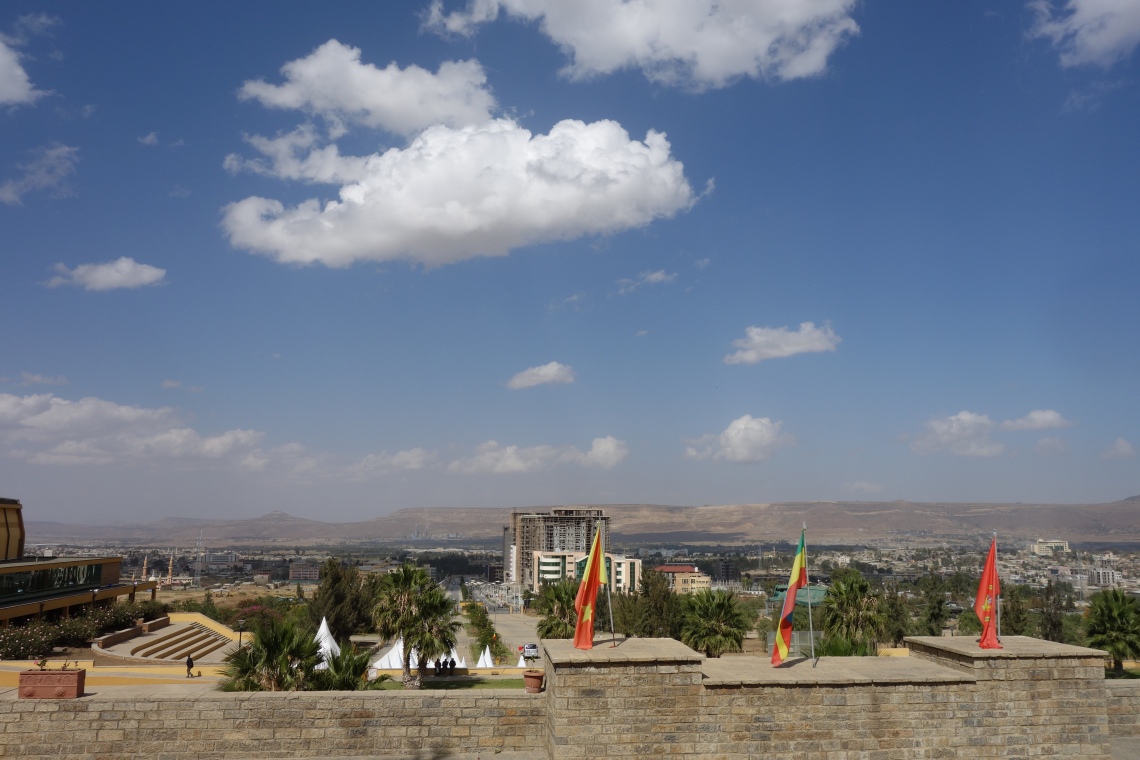
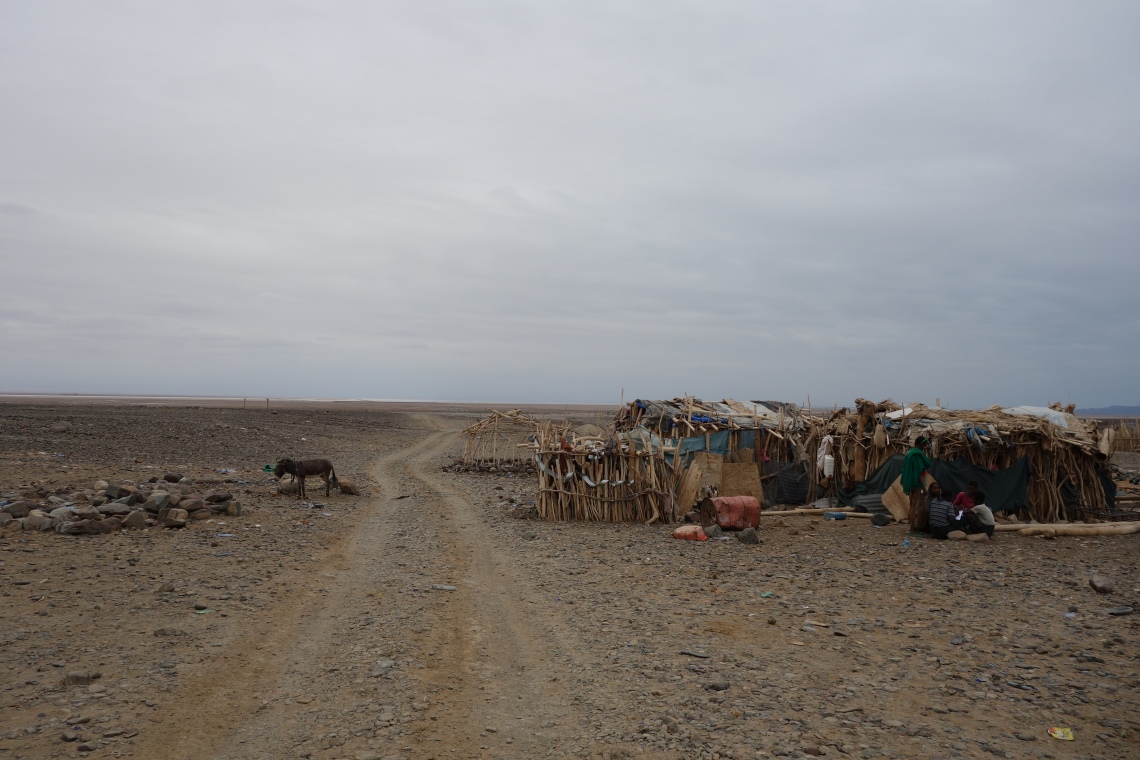

























Your comment that Tigrai is the only place where the Regional Flag is flown proudly is nonsense. Have you never been to anywhere on Oromiya???
LikeLike
I traveled through Oromia a little bit but didn’t spend too long there. But the flags I noticed there were the region’s flag, which is different to the flag used by most Oromo people at cultural events and protests. On top of that, the only place I saw the regional flag was at a few government buildings. However my experience is limited so I’m happy to be corrected hahah. On the other hand, the Tigray Region’s flag is the same as that used by the Tigrayan people. It’s depicted all over the place, not just in government facilities.
You can see a summary of different Oromo flags here: http://www.crwflags.com/fotw/flags/et-or.html The OLF flag is more or less the de facto Oromo people’s flag. There is just one Tigray flag: http://www.crwflags.com/fotw/flags/et-ti.html That is because the TPLF made its flag the regional flag, and it too has become the de facto Tigrayan people’s flag.
LikeLike
Nice write-up of a rather complicated issue. I especially liked your account of playing with the kids. It is pretty fun to just hang out rather than be “another tourist”.
LikeLike
Hey thanks Raïsa! Playing with the kids is still one of my fondest memories of the trip, even though it was just a fleeting afternoon.
LikeLike
Thank you very much for this long and interesting article. It’s quite rare to find documented stories of travellers as it’s way easier to just take pics and post them on Instagram with a nice filter. You spent a long time writing this article so thank you for that!
I also like your vision, your tone and your beautiful pictures. Have you thought of making a book out of your travels? In France, François Claerhout just published an amazing book about Ethiopia. I enjoyed reading it before and after visiting this amazing country as much as I like reading this post.
Thanks again!
LikeLike
Wow thanks a lot! I don’t know if my blog posts warrant an entire book but it’s very flattering nonetheless hahaha
The Claerhout book looks fascinating. It’s always great to see more texts on the country, especially in languages other than English.
One part of Ethiopia I’ve found to be under-documented in books is are the Tigray churches. When I was there I couldn’t find any books on them, and at the time the most authorities one was this bilingual French-English book by Lepage and Mercier, while this academic tome by Fitzgerald and Mersden was released more recently.
LikeLike